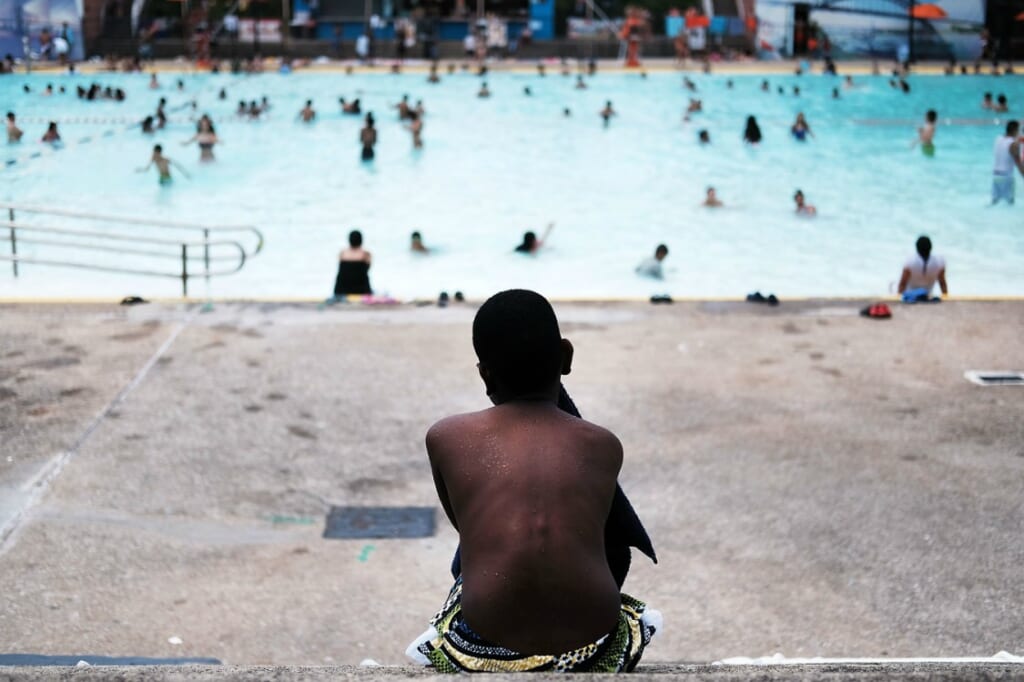Ten tips to stay safe in the water this holiday weekend
Practice safe swimming strategies if you plan to enjoy a weekend on the water
However you’re spending your holiday weekend, if water is involved — be it a lazy river tubing adventure, an afternoon at the pool or braving a river rapids ride — theGrio is here to keep you safe.
Studies show that Black children ages 11 and 12 are 10 times more likely to drown in swimming pools than white kids. According to the USA Swimming Foundation, 64% of Black youth have little to no skills in the water, compared to 45% and 40% for Hispanic and white youths, respectively.

As reported by US News, the American College of Emergency Physicians (ACEP) has detailed different red flags to help others spot if a swimmer may be in danger. The group has a goal to reduce the 11 accidental drownings that occur on average each day nationwide.
Making water safe
First, to create the safest aquatic environment possible, a designated adult should always be present and ready to help when children are swimming or playing near water.
Second, remove any loose toys or tripping hazards from the area.
Additional ways to create a safe swimming environment include:
- Don’t use toys as flotation devices. Use life jackets for activities in or near lakes, rivers, or oceans, especially for children and weaker swimmers;
- When swimming in natural bodies of water, be wary of hidden hazards such as strong currents, sharp rocks, or tangles of vegetation;
- Always check the weather forecast before water activities;
- Don’t drink alcohol before or during water activities or while supervising children.
How to recognize drowning
No matter one’s level of swimming experience, the dangers of drowning can be reduced by swimming with a partner and memorizing the telltale signs that someone may be in trouble.
Time is of the essence in water safety situations. It is important to take quick action by alerting a lifeguard or dialing emergency services. Unless you are aptly trained in water rescue, attempting to save a drowning person may add more risk to an already dangerous scenario, the outlet reports.
According to the ACEP, a panicked swimmer who is drowning may pull an untrained rescuer underwater with them, so it is best to assist the drowning swimmer by tossing a floating object where they may be able to reach it.
Once the swimmer in danger has been safely removed from the water, the first step is to check their breath, rotating them on their side to allow any water to escape their lungs.
More ways to recognize that a swimmer may be in danger, in the words of the ACEP, include:
- Bobbing or floating in place;
- Head tilted back with mouth open;
- Head low in the water with mouth at water level;
- Trying to roll over onto the back;
- Hyperventilating or gasping for breath;
- Eyes glassy and empty, unable to focus, or eyes closed.
TheGrio is FREE on your TV via Apple TV, Amazon Fire, Roku, and Android TV. Please download theGrio mobile apps today!


